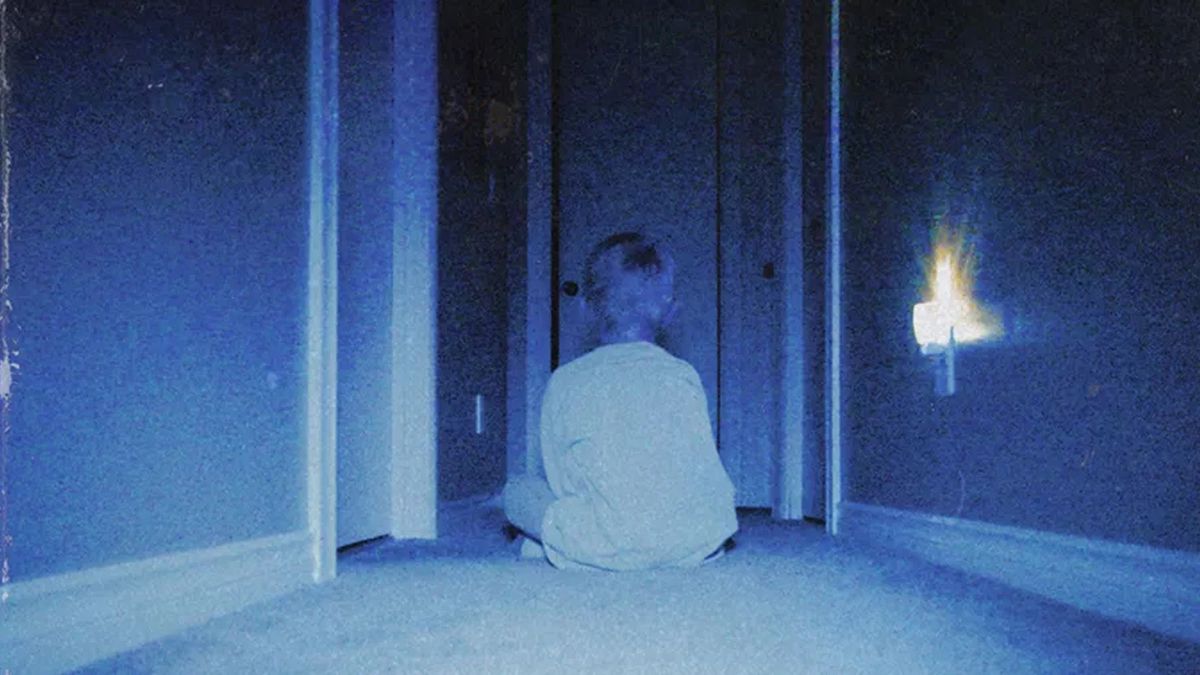By Jaclyn Quan
Staff Writer
In recent years, many schools are making huge changes to their class setting as they shift from traditional classrooms to “flipped classrooms.” Unlike traditional classroom settings, in flipped classrooms, students are expected to learn the lessons at home through online videos while they complete their homework or ask for clarifications in class. Although many teachers are considering this type of class model, there are many repercussions they should consider before doing so.
To begin with, flipped classrooms require lots of trust and commitment between students and their teacher. According to TeachThought, “one must trust students to watch lectures at home, [but..] there is no way to guarantee students will […] cooperate.” Since the majority of students have other academics or extracurriculars they need to juggle, flipped classrooms can be challenging.
Since flipped classrooms requires the use of technology, this method of learning can become an inconvenience. Students in low-income school districts are especially at a huge disadvantage since they are not able to gain access to the technology needed for a flipped classroom. In a report done by EducationSuperHighway, “[about] 6.5 million U.S students who attend schools in under-connected facilities.”
Temporary internet outages and poor connections are also potential factors that disrupt lessons from being done in homes. And, no internet means that students cannot view their daily lesson and learn anything.
Not only do flipped classrooms cause inconvenience among students, teachers are required to put in more work in utilizing online lessons. Lot of planning and organization goes into the process, so the class itself will may be ineffective due to lack of time. In a survey conducted by Faculty Focus, “70% of faculty [surveyed] said [flipped classrooms were] a significant significant challenging” to adapt to.
Furthermore, watching videos itself won’t be effective in understanding the lesson. According to educational website Noodle.com, it is important for teachers to “make a strong connection between a student’s independent study and the classroom activities [so] to avoid the risk of students failing to connect the video lecture and the classroom activity.”
With these factors to keep in mind, it is not a guarantee that flipped classrooms will be successful in the long run. As everyone has a different way of learning, and some students may not feel well-adjusted in learning the materials themselves.
“I don’t like [flipped classrooms] because you can’t ask questions while you’re doing a lecture,” junior Jessica Goeij.
Flipping classrooms only seem to be effective when extensive organization and preparation is done by teachers and students remain committed to view lectures and take notes daily. Otherwise, the classroom itself will turn out to be a “flop.”

